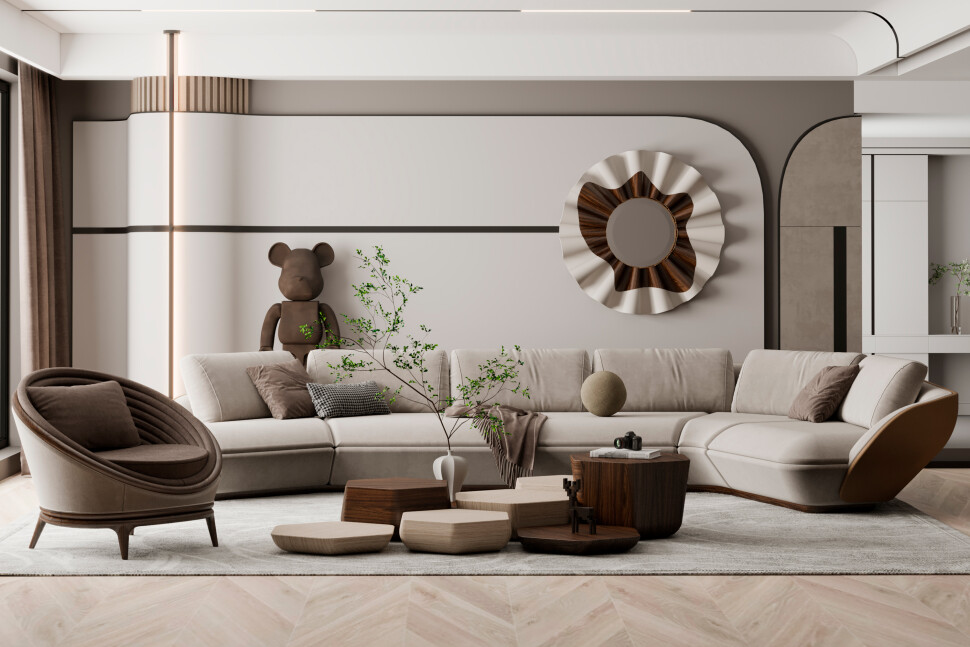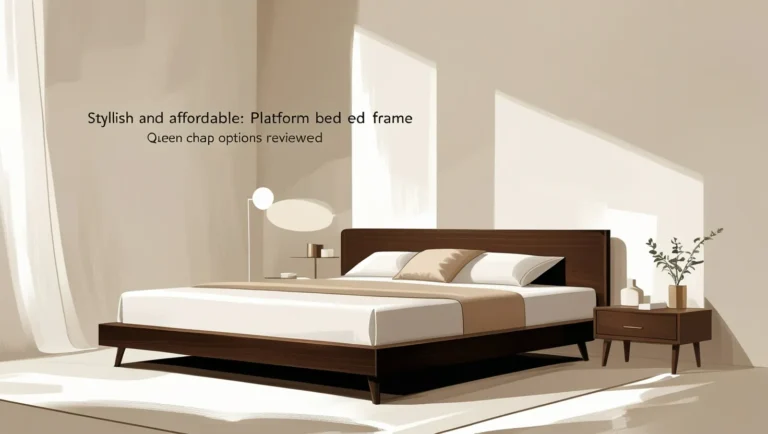
Top Architecture Design for Home That Combines Comfort and Aesthetics-When it comes to architecture design for home, achieving a perfect balance between comfort and aesthetics is the key to creating a space that feels welcoming, functional, and visually stunning. The home should be a place where you can unwind, but it also needs to make a statement with its design. In this article, we explore some of the top architecture design trends that seamlessly combine these two essential elements, ensuring that your home not only looks beautiful but also supports a comfortable lifestyle.
Open-Concept Floor Plans: Blurring the Lines Between Spaces
One of the most popular trends in modern architecture design for home is the open-concept floor plan. This layout eliminates unnecessary walls and divides the living, dining, and kitchen areas into one large, continuous space. By removing the barriers between rooms, the home feels more spacious and airy. This design choice encourages interaction, making it easier to host guests, prepare meals, or spend quality time with family members.
Beyond functionality, an open floor plan provides flexibility in decorating, allowing you to experiment with different interior styles, colors, and furnishings. Whether you want a minimalist aesthetic or a more eclectic look, an open space provides the freedom to design without being confined to traditional room boundaries.
Sustainable and Eco-Friendly Architecture: Comfort with Responsibility

Sustainability is more than just a buzzword in today’s architecture design for home; it’s a lifestyle choice. Modern homes are increasingly incorporating eco-friendly materials, energy-efficient systems, and sustainable design practices that reduce the environmental footprint while enhancing comfort.
Green roofs, solar panels, and passive design techniques (such as maximizing natural light and ventilation) are just a few examples of how homes can be both comfortable and environmentally responsible. The use of natural materials like bamboo, reclaimed wood, and recycled metal not only contributes to the aesthetic value of the home but also helps reduce waste.
Moreover, energy-efficient insulation, smart thermostats, and LED lighting can lower utility bills and provide a more comfortable living environment by maintaining a consistent, pleasant indoor climate. Sustainable architecture design creates a home that cares for both its inhabitants and the planet.
Biophilic Design: Bringing Nature Inside
Biophilic design is an architecture trend that emphasizes the connection between people and nature. This approach integrates elements of the natural world into the home, improving both the aesthetic appeal and the well-being of its occupants.
Large windows that let in natural light, indoor plants, and the use of natural materials like wood, stone, and plants are all part of biophilic design. Not only does this approach create a calming, serene atmosphere, but studies have shown that exposure to nature can reduce stress and improve mood.
For example, a living room with floor-to-ceiling windows overlooking a garden or a home office with a large indoor plant can drastically improve the overall feel of the space. The beauty of biophilic design is that it combines nature’s aesthetics with the comfort and health benefits it brings. (Read More: Top 5 3D Home Architect Software for Creating Stunning Home Designs)
Minimalist Design: Less is More

When thinking about architecture design for home, the minimalist approach continues to be a favorite for those seeking both comfort and aesthetics. Minimalism embraces clean lines, open spaces, and a “less is more” philosophy. The goal is to create a calm and uncluttered environment where each piece of furniture and decor serves a purpose.
By focusing on simplicity, minimalist design creates an open, airy feeling that can make even smaller homes seem more spacious. Neutral color palettes, hidden storage solutions, and high-quality materials elevate the design without overwhelming the senses. A minimalist home is easy to maintain, comfortable to live in, and visually appealing with its sleek, functional aesthetic.
One great example of minimalist design in homes is the use of built-in furniture and multi-purpose items. A minimalist sofa that doubles as a guest bed, or a dining table with integrated storage, allows homeowners to enjoy a sleek, uncluttered environment while maintaining practical use of space.
Modern Farmhouse: Rustic Comfort Meets Contemporary Style
Modern farmhouse architecture design for home is a perfect blend of rustic charm and modern convenience. This design style takes elements from traditional country homes, such as wooden beams, metal accents, and large porches, and combines them with clean lines, open spaces, and updated finishes.
The beauty of the modern farmhouse lies in its versatility. You can incorporate a mix of traditional materials like wood and stone with contemporary features like stainless steel appliances and minimalist furnishings. This style creates a warm, inviting atmosphere while maintaining a fresh, modern look that suits a variety of lifestyles.
A modern farmhouse kitchen, with its spacious layout, high-end appliances, and natural materials, is both a practical and stylish space where families can gather, cook, and entertain. (Read More: Minimalist Architecture Design for Home: Creating Timeless Elegance)
Smart Homes: Technology for Comfort and Convenience
As technology advances, integrating smart home features has become an essential part of modern architecture design for home. Smart thermostats, lighting systems, and security cameras can be controlled remotely, making it easier than ever to manage your home’s comfort levels and security.
For example, a smart thermostat learns your preferences and adjusts the temperature based on your daily routine, ensuring that your home is always at the perfect temperature. Smart lighting can be dimmed or changed in color to set the right mood, while smart speakers and assistants can help manage everyday tasks hands-free.
By integrating these technological features, your home becomes a space of ultimate convenience, making daily life more comfortable without sacrificing design or aesthetics. (Read More: Sustainable Architecture Design for Home: Eco-Friendly Trends to Embrace)
Scandinavian Design: Simplicity and Functionality

Scandinavian architecture design for home is known for its simplicity, functionality, and natural beauty. The style emphasizes clean lines, open spaces, and a neutral color palette, with a focus on making homes cozy and comfortable.
Wooden floors, light colors, and textiles like wool or linen create a warm, inviting environment. This style also emphasizes practicality, with furniture and decor designed to be both functional and aesthetically pleasing. Scandinavian design celebrates the art of combining comfort with minimal, thoughtful touches—creating spaces that are easy to maintain, relaxing, and visually beautiful.
Conclusion article Top Architecture Design for Home That Combines Comfort and Aesthetics
The perfect architecture design for home goes beyond aesthetics; it’s about creating a space that feels both beautiful and comfortable. Whether through open layouts, sustainable materials, biophilic design, or smart technologies, the key is to strike a balance that suits your lifestyle and personal style. When comfort and aesthetics come together, your home becomes a true sanctuary—beautiful, functional, and designed to enhance the way you live every day.



